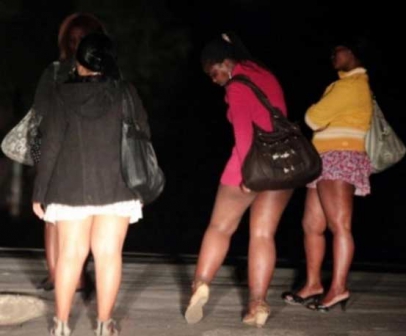×
The Standard e-Paper
Truth Without Fear

NAIROBI, KENYA: Economists, the high priests of social sciences, are known for using big terms to explain simple things.
A good example is gross domestic product (GDP) which in simple terms is the monetary value of all goods and services produced in a given country in a given year.